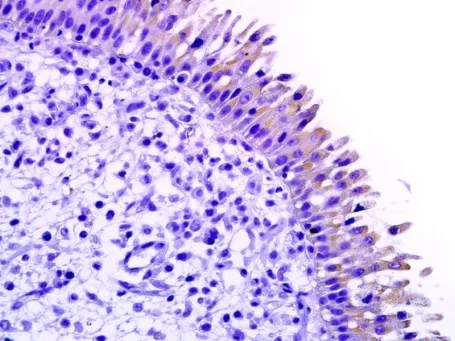Renal encephalopathy due to acute renal failure in a goat
DOI:
https://doi.org/10.24070/bjvp.1983-0246.008022Keywords:
diseases of goats, renal encephalopathy, status spongiosus, acute renal failure, sulfadiazineAbstract
Renal encephalopathy was diagnosed in a 7-month-old male goat with a history of diarrhea and dehydration due to Eimeria sp. infection. The goat was treated with sulfadiazine before developing central nervous system (CNS) signs characterized by severe anorexia, salivation, tremors, inability to stand and depression. Biochemical parameters revealed high levels of blood urea nitrogen (BUN) and creatinine, 263.6 mg/dL and 2.9 mg/dL respectively. No gross pathological changes were observed at necropsy. Histopathological examination of the brain revealed large irregular empty spaces (status spongiosus) in the white matter of the brainstem, cerebellum, thalamus, basal nuclei and in the interface of white and grey matter in the cerebrum. There was severe multifocal renal tubular necrosis characterized by abundant deposits of basophilic granular material, frequently forming crystals that replaced the lost tubular epithelial cells and filled the lumina. The clinical-pathologic findings support to a diagnosis of encephalopathy due to acute renal failure.


